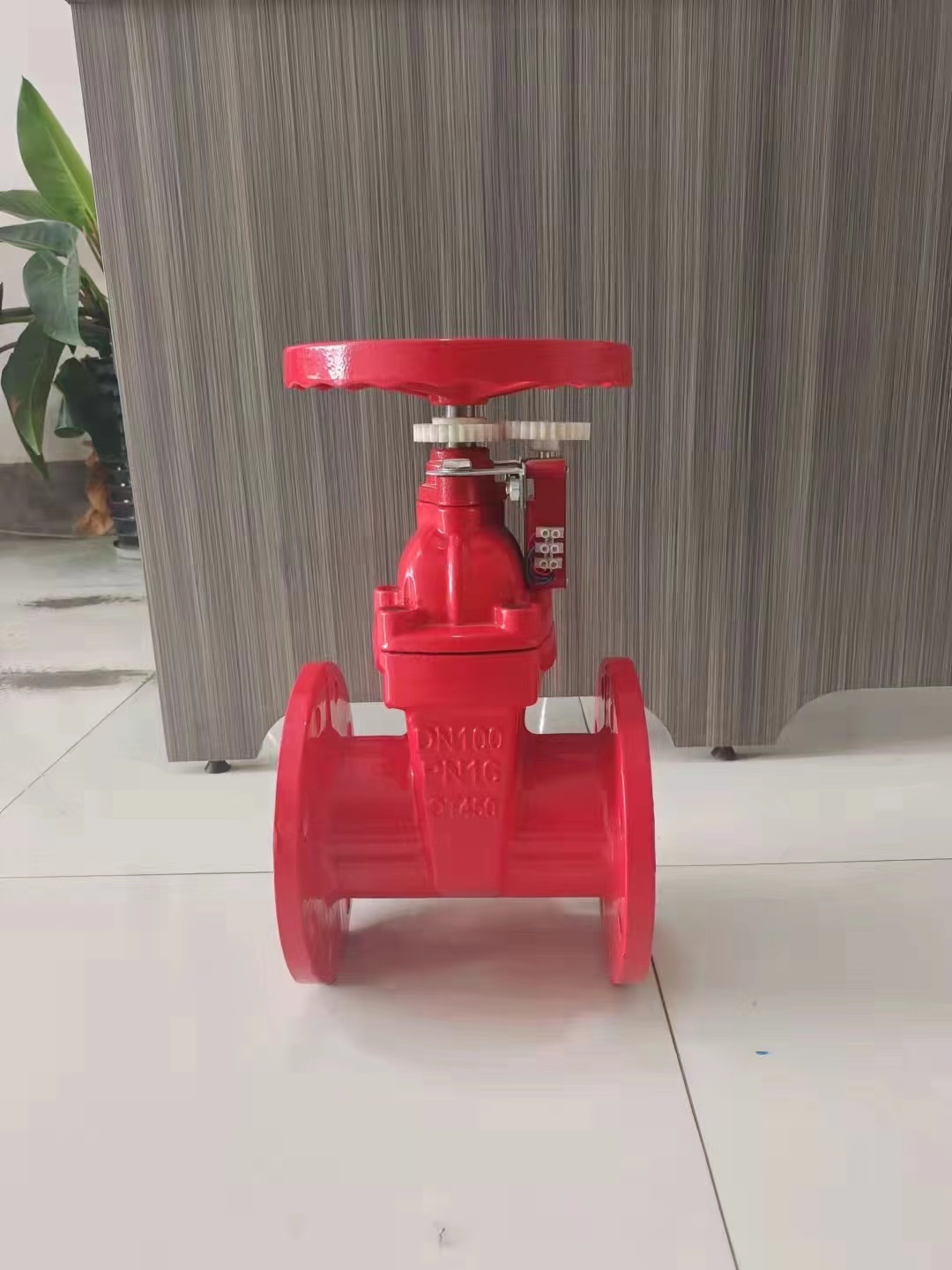How to use signal gate valve correctly
Release Time:
Aug 14,2025

1、 Preparation before installation
Carefully read the instruction manual: Be sure to carefully read the installation and operation manual provided by the manufacturer to understand the specific characteristics, parameters (pressure rating, temperature range, medium compatibility), installation direction, signal device principles (mechanical, magnetic induction, travel switch, etc.), and wiring requirements of the specific model.
Check the valve:
Confirm that the valve model and specifications meet the design requirements.
Check the appearance of the valve for any transportation damage.
Check whether the valve stem and handwheel rotate flexibly and whether there is any jamming.
Check if the flange sealing surface is intact and clean.
Check the integrity of the signal device (such as whether the protective cover is intact and whether the wiring port is sealed).
Cleaning the pipeline: Thoroughly remove welding slag, iron filings, mud, and other debris from the pipeline to prevent damage to the sealing surface or jamming of the gate.
Flow direction confirmation: Most gate valves are not sensitive to flow direction, but it is necessary to confirm the flow direction arrow marked on the valve body (if any) or install according to the instructions. The position of the signal device is usually independent of the flow direction, but it needs to be easy to connect and maintain.
Space reservation: Ensure that there is sufficient space for operation (rotating handwheel or using wrench) and maintenance (including inspection and wiring of signal devices) at the installation location.
🛠 2、 Installation (taking flange connection as an example)
Alignment flange: Accurately align the valve flange with the pipeline flange to avoid forcibly pulling the bolt connection.
Insert gasket: Use gaskets that meet the requirements of the medium and working conditions (such as metal wrap gaskets, asbestos rubber gaskets, etc., and confirm the pressure and temperature levels), ensuring that the gaskets are intact and centered.
Uniform tightening of bolts: Tighten the flange bolts evenly in diagonal order to achieve the specified torque value (refer to the instruction manual or specification requirements). Excessive tightening may cause flange deformation or valve damage.
Signal device wiring:
Power off operation: Before wiring, make sure that the relevant circuit is in a power-off state!
Understanding contact points: Clearly indicate that the signal device outputs normally open contacts (NO, open when the valve is closed, close when open), normally closed contacts (NC, close when the valve is closed, open when open), or switching contacts (COM-NO/NC). This depends on the logical requirements of the control system.
Correct wiring: Strictly follow the wiring diagram or instructions to connect the signal wire correctly to the valve wiring terminal (or the factory reserved aviation plug), and connect it to the corresponding input terminal of the control system (such as the DI module of the PLC).
Cable protection: Use appropriate cable conduits or cable trays to protect signal cables from mechanical damage. Pay attention to the sealing of cable entrances in outdoor or humid environments (using gland heads).
Grounding: If the valve or signal device requires grounding, ensure reliable grounding.
🔧 3、 Operation usage
Fully open or fully closed: Gate valves (including signal gate valves) are designed for two states: fully open (allowing maximum medium flow) or fully closed (completely cutting off the medium). Prohibited from being used as a regulating valve (in a semi open state for a long time).
Open the valve: Rotate the handwheel (or wrench) counterclockwise until the gate is fully raised into place (the handwheel cannot rotate counterclockwise anymore). At this point, the signal device should output a "valve open" signal (e.g. normally open contact closed).
Close the valve: Rotate the handwheel (or wrench) clockwise until the gate is fully lowered into place (the handwheel cannot rotate clockwise anymore). At this time, the signal device should output a "valve closed" signal (e.g. normally closed contact closed).
Moderate operating force: Rotate the handwheel with appropriate force. If encountering abnormal resistance (beyond the normal range), do not forcefully operate! The reasons should be checked (whether there are foreign objects blocking, whether the valve stem is corroded, whether the packing is too tight, etc.).
Pay attention to signal feedback: While operating the valve, observe the display (such as HMI screen) or indicator lights of the control system to confirm that the received valve position signal is consistent with the actual state. After initial use and regular maintenance, signal verification must be performed.
sale@cnbestvalve.com WhatsApp: +8613333075295





